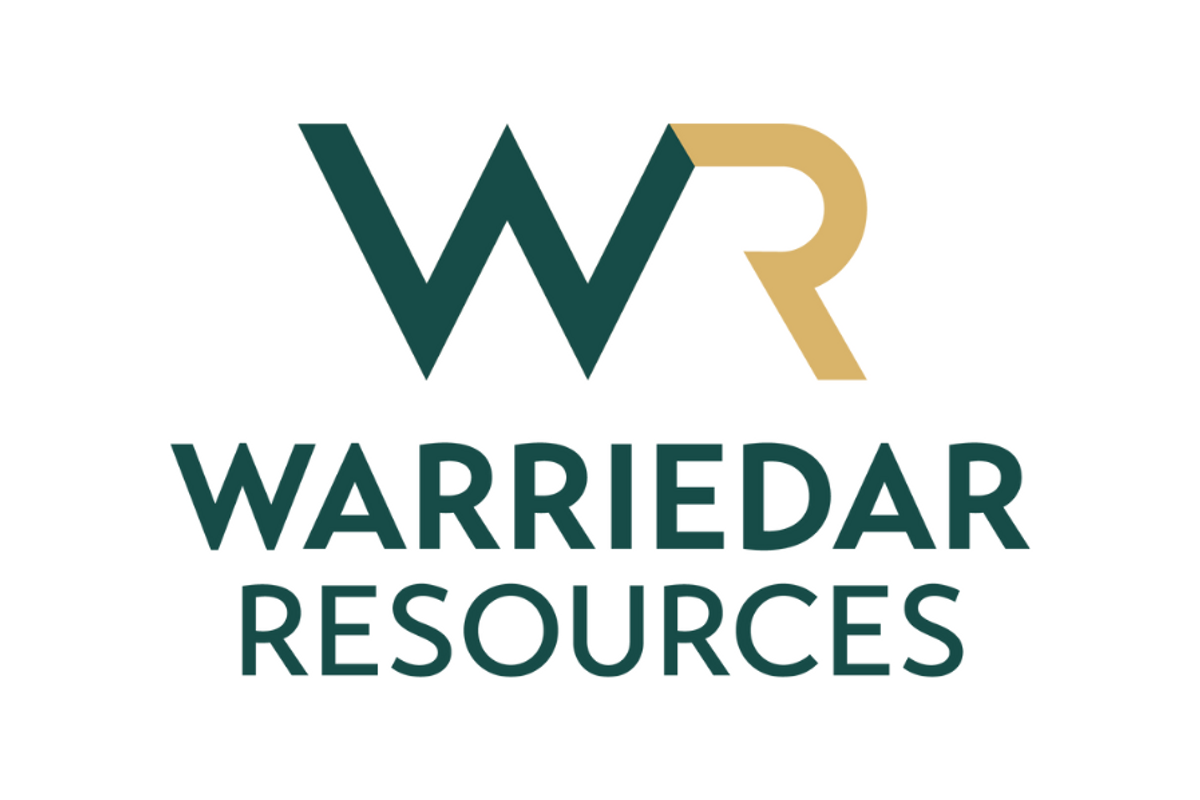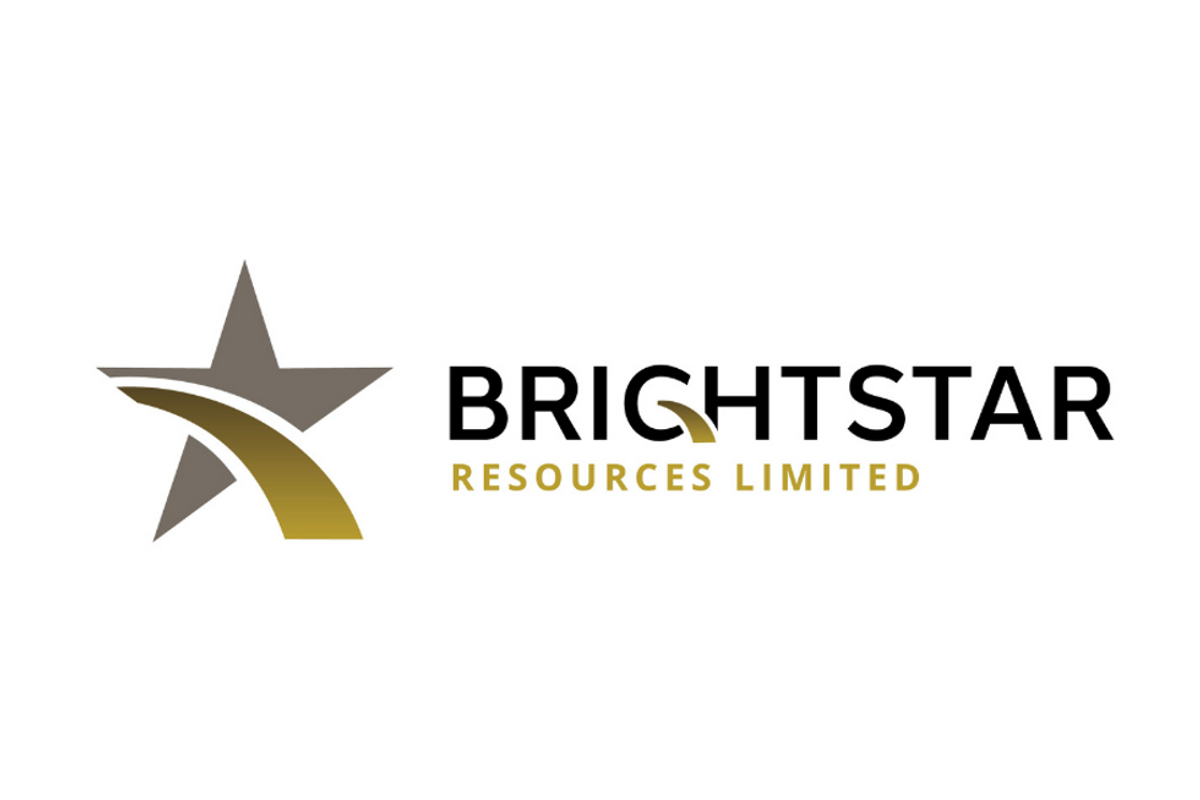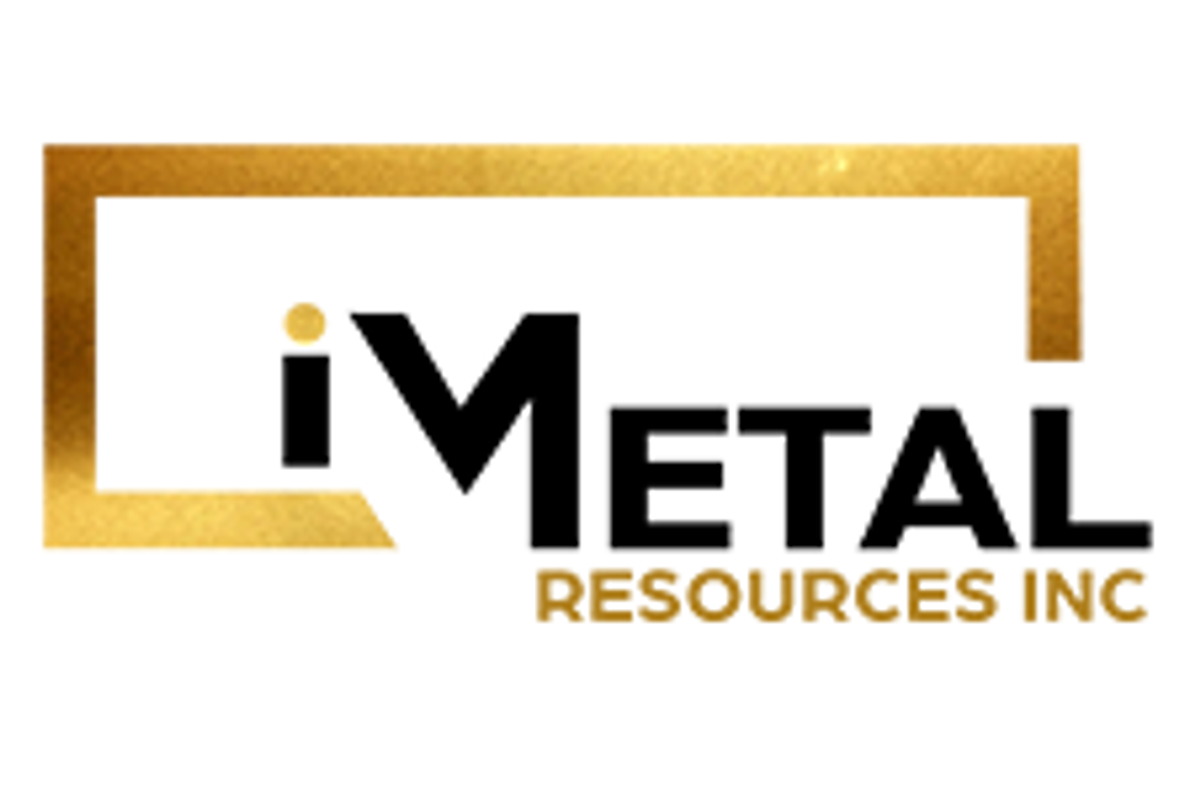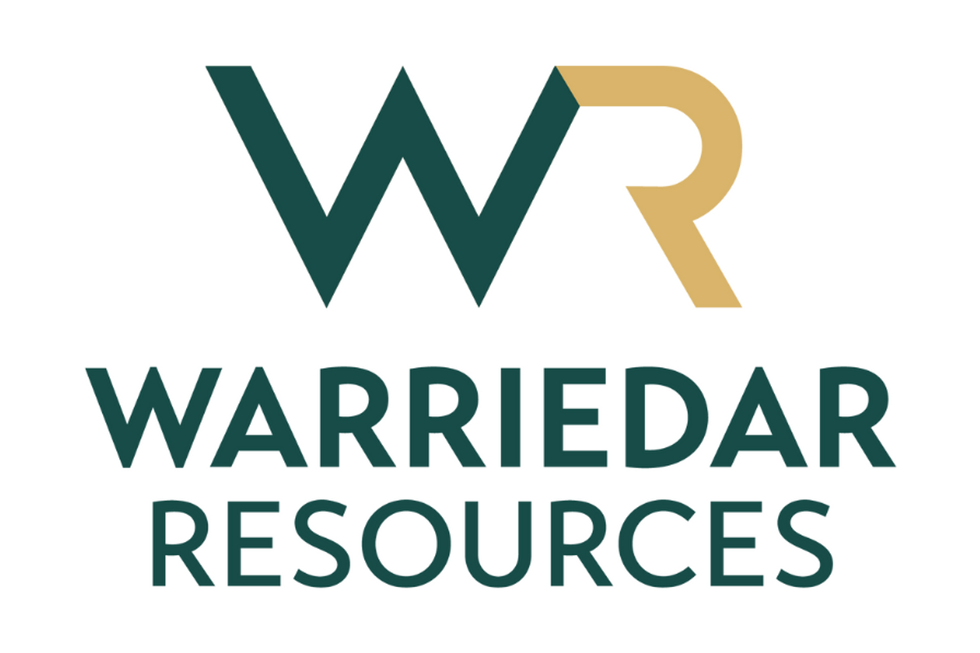
September 29, 2024
Warriedar Resources Limited (ASX: WA8) (Warriedar or the Company) provides further assay results from its Golden Range Project, located in the Murchison region of Western Australia.
HIGHLIGHTS:
- All residual assay results received from the recent 2,701m (27 holes) diamond drilling program at Ricciardo.
- Drilling underneath the Silverstone pit confirms the identified high-grade shoot continues at depth and at better than previously modelled grades:
- 13.7m @ 3.27 g/t Au and 0.36% Sb (4.04 g/t AuEq) from 253.3m, inc.
1.2m @ 9.00 g/t Au and 0.00% Sb (9.00 g/t AuEq) from 264.85m (RDRC046) - 22.6m @ 2.11 g/t Au and 0.29% Sb (2.71 g/t AuEq) from 294m, inc.
3m @ 7.22 g/t Au and 0.02 % Sb (7.26 g/t AuEq) from 312m (RDRC044)
- 13.7m @ 3.27 g/t Au and 0.36% Sb (4.04 g/t AuEq) from 253.3m, inc.
- Drilling from the Eastern Creek area, located at the southern end of Ricciardo, confirms down dip continuity with increasing grade and width at depth:
- 7.0m @ 2.54 g/t Au and 0.24% Sb (3.05 g/t AuEq) from 170m (RDRC060)
- 25.0m @ 1.23 g/t Au and 0.17% Sb (1.60 g/t AuEq) from 232m, inc.
6.8m @ 2.37 g/t Au and 0.37% Sb (3.16 g/t AuEq) from 250.2m (RDRC059)
- Update of Ricciardo Mineral Resource Estimate (MRE) on track for Q4 2024.
- Aircore drilling program now in progress at the Golden Range Project targeting an underexplored section at the southern end of the 70-km long shear.
- Further growth-focussed Reverse Circulation (RC) drilling of the ‘Golden Corridor’ scheduled to commence in November.
The assays reported in this release are full results for the final 11 diamond holes (1,021m) from the recent 27-hole diamond tail program at Ricciardo. Results for the first 16 holes of this program have previously been reported (refer WA8 ASX releases dated 3 July 2024, 19 July 2024, 2 August 2024 and 26 August 2024).
Warriedar Managing Director and CEO, Amanda Buckingham, commented:
“This final set of diamond results from the recent Ricciardo drilling have really put a bow on the whole program for us. The broad-based extensional success delivered by this drilling is both real and exciting. The fact that these results are being delivered at what are still relatively shallow down-dip depths, and in such proximity to excellent surrounding infrastructure, also delivers excellent potential for the economic character of the anticipated resource additions at Ricciardo. It is my firm belief that we are just getting started in terms of the opportunity at Ricciardo, let alone within the larger ‘Golden Corridor’ and along the broader mineralised shear.”
Key Ricciardo context
The Ricciardo gold system is located within Warriedar’s flagship Golden Range Project in the Murchison region of Western Australia (refer Figures 1 and 2).
Ricciardo spans a strike length of approximately 2.3km, with very limited drilling having been undertaken below 100m depth. It possesses a current MRE of 8.7 Mt @ 1.7 g/t Au for 476 koz gold. 1 Importantly, historical mining operations at Ricciardo were primarily focused on oxide material, with the transition and primary sulphides mineralisation not systematically explored.
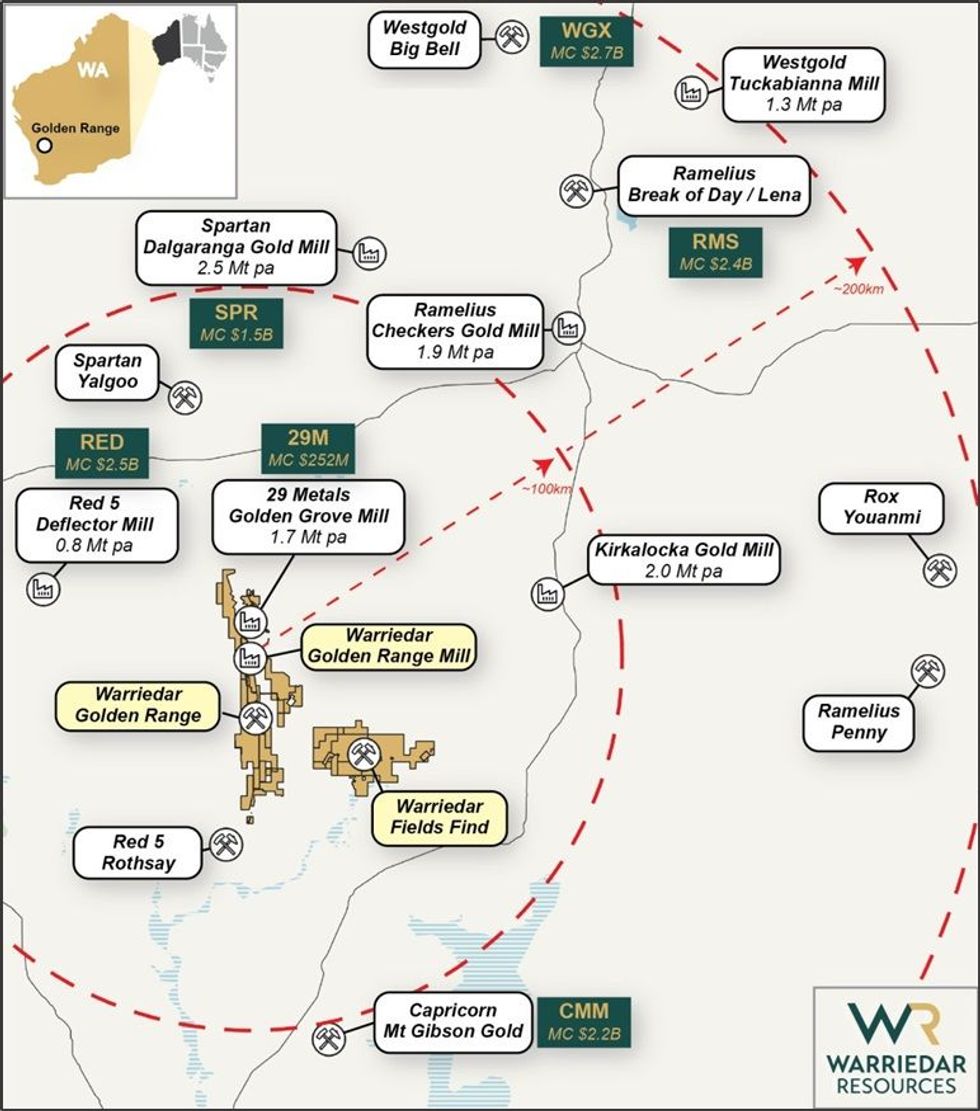
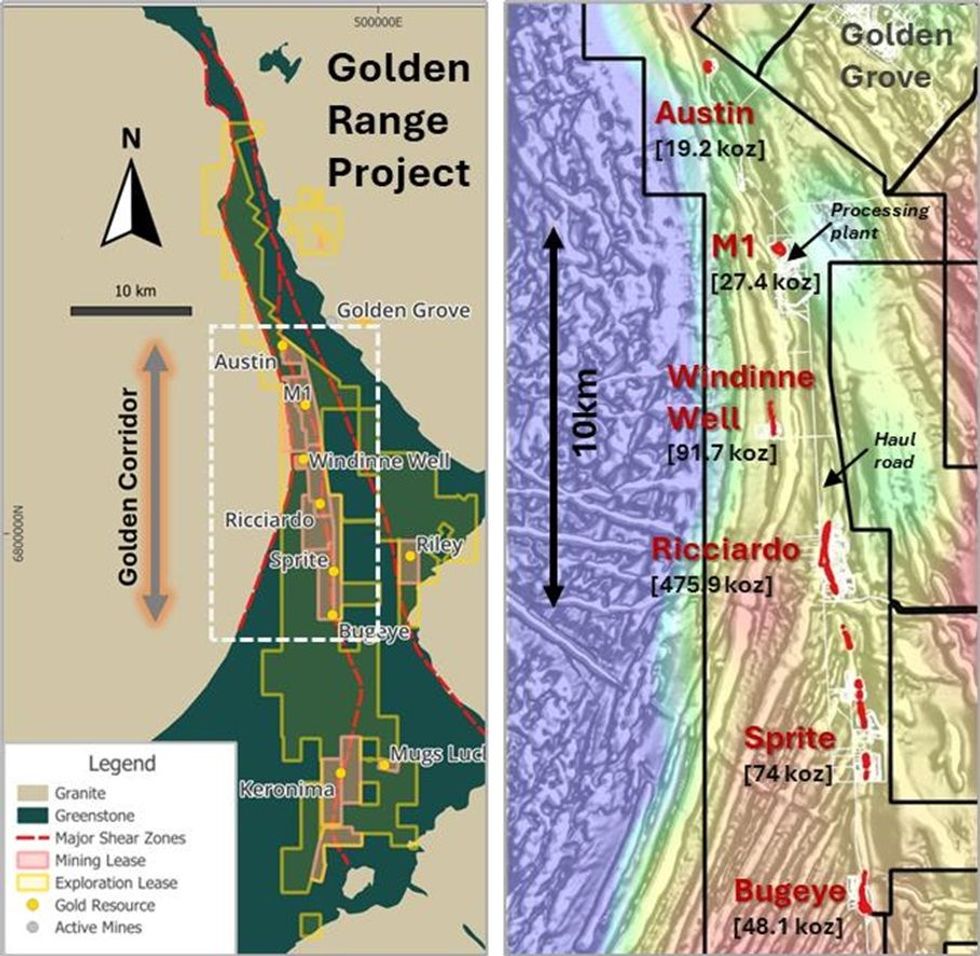
The most recent phase of RC and diamond drilling of Ricciardo has concluded. This release reports on the assays from the final 11 holes of the diamond program. These holes were predominantly located in the southern part of the Ricciardo deposit, focusing on down-dip extension where no previous drilling had been undertaken (refer Table 1 and Figure 3 for drill collar and relevant section locations).
All 11 holes returned significant intersections, delivering a further round of meaningful extensional success from the recent program (refer Table 2). All results are set to be incorporated into an update of the Ricciardo MRE, which remains on track for completion during Q4 2024.
Click here for the full ASX Release
This article includes content from Warriedar Resources, licensed for the purpose of publishing on Investing News Australia. This article does not constitute financial product advice. It is your responsibility to perform proper due diligence before acting upon any information provided here. Please refer to our full disclaimer here.
WA8:AU
The Conversation (0)
09 April 2024
Warriedar Resources
Advanced gold and copper exploration in Western Australia and Nevada
Advanced gold and copper exploration in Western Australia and Nevada Keep Reading...
18 November 2024
Targeted Exploration Focus Delivers an Additional 471koz or 99% Increase in Ounces, and a Higher Grade for Ricciardo
Warriedar Resources Limited (ASX: WA8) (Warriedar or the Company) is pleased to report on an updated MRE for its flagship Ricciardo Gold Deposit, part of the broader Golden Range Project located in the Murchison region of Western Australia. HIGHLIGHTS:Updated Mineral Resource Estimate (MRE) for... Keep Reading...
30 September 2024
Continued Delivery of High Grade Antimony Mineralisation at Ricciardo
Warriedar Resources Limited (ASX: WA8) (Warriedar or the Company) provides an update on its initial review of the antimony (Sb) potential at the Ricciardo deposit, located within its Golden Range Project in the Murchison region of Western Australia. HIGHLIGHTS:Review of the antimony (Sb)... Keep Reading...
26 August 2024
Further Step-Out Gold Success and High-Grade Antimony Discovery
Warriedar Resources Limited (ASX: WA8) (Warriedar or the Company) provides further assay results from its Golden Range Project, located in the Murchison region of Western Australia. The results reported in this release are for a further 6 of the 27 diamond holes drilled in the current program at... Keep Reading...
01 August 2024
Infill Drilling of Ricciardo Deposit Delivers Significant Gold Mineralisation
Warriedar Resources Limited (ASX: WA8) (Warriedar or the Company) is pleased to provide an update on drilling progress and assay results from its Golden Range Project, located in the Murchison region of Western Australia (Figure 1). HIGHLIGHTS: Assay results for a further two (2) diamond tails... Keep Reading...
29 July 2024
A$4.0M Placement to Fund Growth Focused Exploration
Warriedar Resources Limited (ASX: WA8) (Warriedar or the Company) is pleased to advise that it has received firm commitments to raise A$4.0 million (before costs) via a placement of approximately 70.7 million fully paid ordinary shares (New Shares) at an issue price of A$0.057 per share... Keep Reading...
13h
Sandstone exploration drilling returns 157m @ 1.13g/t Au
Brightstar Resources (BTR:AU) has announced Sandstone exploration drilling returns 157m @ 1.13g/t AuDownload the PDF here. Keep Reading...
13h
Asara Expands Kada Gold Project
Asara Resources (AS1:AU) has announced Asara Expands Kada Gold ProjectDownload the PDF here. Keep Reading...
14h
5 Best-performing Gold Stocks on the TSX in 2025
The gold price rose to repeated record highs in 2025, gaining more than 57 percent in value from the start of the year.The increase was fueled by several factors, including safe-haven demand led by economic uncertainty as US tariffs, interest rate cuts from the US Federal Reserve as well as the... Keep Reading...
16h
Centurion Announces Extension of Private Placement
Centurion Minerals Ltd. (TSXV: CTN) ("Centurion", or the "Company") wishes to announce that, further to its news releases dated October 22, 2025, and November 14, 2025, the Company intends to extend the closing of a second tranche of its non-brokered private placement.The Company announced a... Keep Reading...
19h
iMetal Resources Announces Flow-Through Financing
iMetal Resources Inc. (TSXV: IMR,OTC:IMRFF) (OTCQB: IMRFF) (FSE: A7VA) ("iMetal" or the "Company) announces that it will offer (the "Offering") up to 4,000,000 flow-through units (each, an "FT Unit"), at a price of $0.13 per FT Unit, for gross proceeds of up to $520,000, by way of non-brokered... Keep Reading...
08 December
Trading Halt
Astral Resources (AAR:AU) has announced Trading HaltDownload the PDF here. Keep Reading...
Latest News
Latest Press Releases
Related News
TOP STOCKS
American Battery4.030.24
Aion Therapeutic0.10-0.01
Cybin Corp2.140.00
